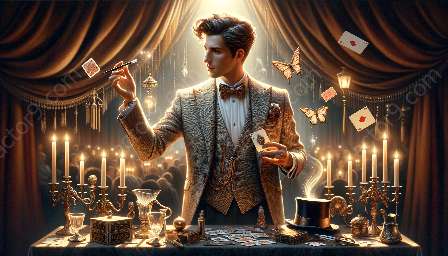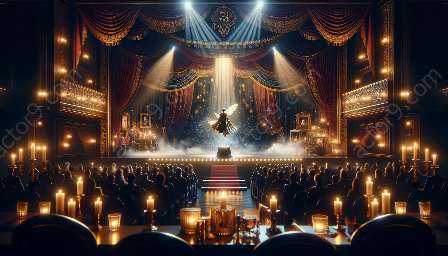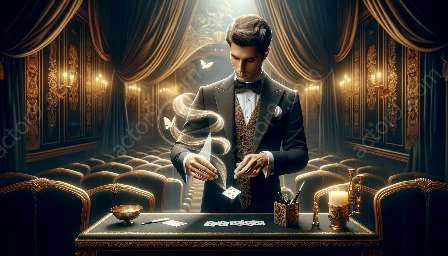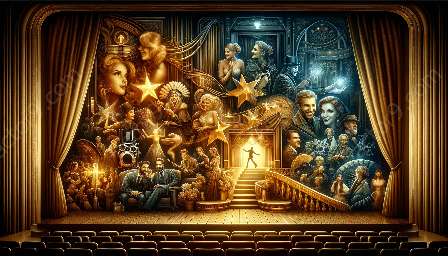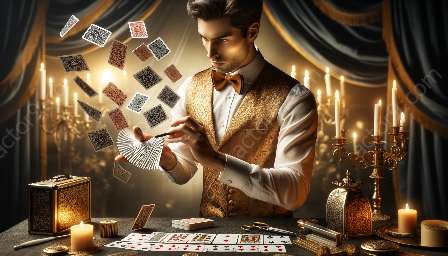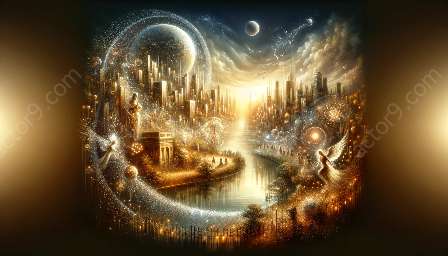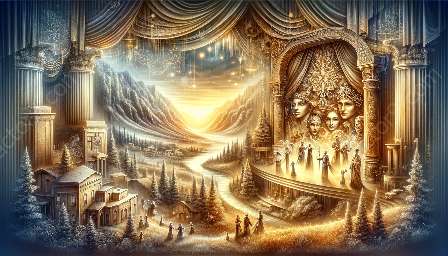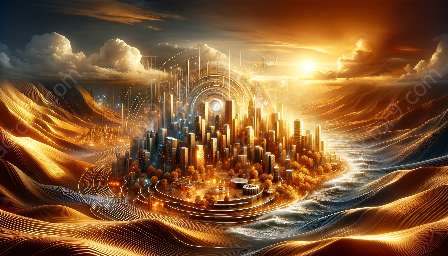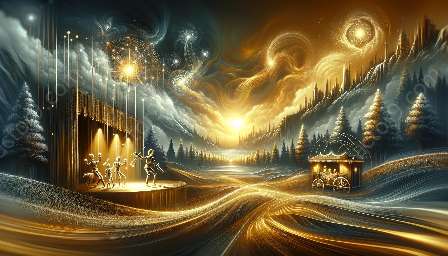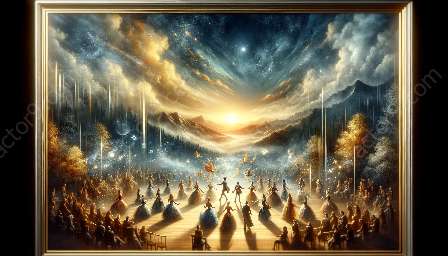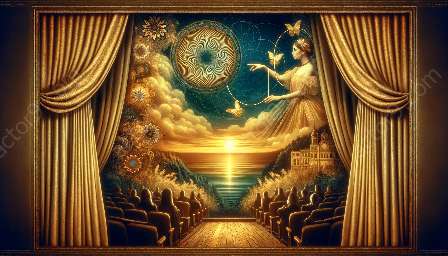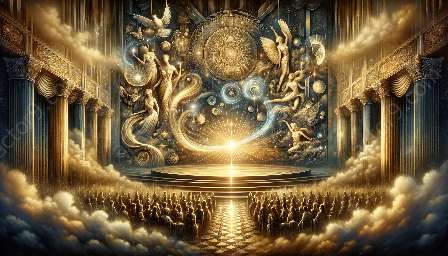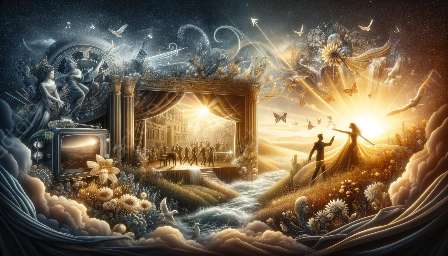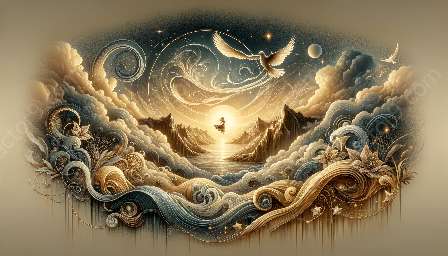Magical storytelling and illusions have been a captivating and essential part of literature for centuries. From ancient myths and legends to contemporary fantasy novels, the portrayal of magic and illusion in literature has intrigued and mesmerized readers, inviting them into unique and imaginative worlds.
Understanding the Role of Magic and Illusion in Literature
Magic and illusion in literature serve a multitude of purposes, from adding enchantment and wonder to a narrative to reflecting deeper aspects of human nature and the human experience. Authors employ various innovative approaches to depict magic and illusion, captivating readers with their imaginative storytelling and creative use of literary devices.
Exploring Magical Realism and Surrealism
In literature, magical realism and surrealism are innovative approaches used to depict magic and illusion. These genres blend the magical with the ordinary, infusing the narrative with a sense of enchantment and mystery while maintaining a connection to the real world. Authors like Gabriel García Márquez and Haruki Murakami are renowned for their adept use of magical realism, seamlessly integrating elements of magic and illusion into the fabric of their stories.
Utilizing Symbolism and Metaphor
The use of symbolism and metaphor is another innovative approach to depict magic and illusion in literature. Authors often employ symbolic elements and metaphorical language to convey the mystical and illusory aspects of their narratives. Through carefully crafted symbols and metaphors, writers create a sense of otherworldliness and enchantment, inviting readers to explore the deeper meanings hidden within the magical realms of their stories.
Experimenting with Narrative Structure and Point of View
Some authors experiment with narrative structure and point of view to skillfully depict magic and illusion in their literary works. By playing with non-linear timelines, multiple perspectives, or unreliable narrators, writers can create an atmosphere of ambiguity and mystery, blurring the lines between reality and illusion. Such innovative approaches challenge readers to navigate through intricate narratives, embracing the enchanting and sometimes perplexing nature of magical storytelling.
Embracing Cultural Myths and Folklore
Cultural myths and folklore provide rich sources of inspiration for depicting magic and illusion in literature. Authors often draw upon the enchanting tales and folklore of different cultures, weaving captivating narratives rooted in ancient traditions and beliefs. By incorporating elements of cultural myths and folklore into their storytelling, writers infuse their works with a sense of magic and wonder, inviting readers to explore diverse cultural perspectives on the mystical and illusory.
Engaging the Senses and Emotions
Engaging the senses and evoking emotions are essential aspects of innovative approaches to depicting magic and illusion in literature. Through vivid sensory descriptions and emotional resonance, authors bring the magical and illusory elements of their stories to life, immersing readers in enchanting worlds where the boundaries between reality and fantasy are delightfully blurred.
Conclusion
In conclusion, the portrayal of magic and illusion in literature encompasses a diverse array of innovative approaches that captivate and enchant readers. From the integration of magical realism and symbolism to the exploration of cultural myths and experimental narrative techniques, authors continue to push the boundaries of imaginative storytelling, inviting audiences to embark on wondrous literary journeys filled with magic, illusion, and the timeless allure of storytelling.


